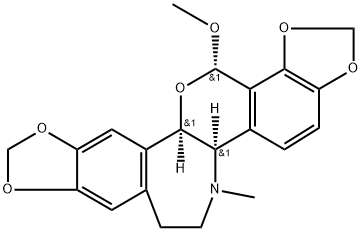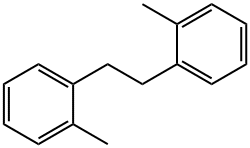PRODUCT Properties
| Melting point: | 222°C |
| alpha | D23 +235° (c = 1.01 in chloroform); D22 +174° (c = 0.69 in pyridine) |
| Boiling point: | 510.32°C (rough estimate) |
| Density | 1.3202 (rough estimate) |
| refractive index | 1.5614 (estimate) |
| pka | 6.40±0.40(Predicted) |
| Water Solubility | 832.6mg/L(25 ºC) |
| LogP | 3.920 (est) |
Description and Uses
This alkaloid was found by Hesse in Papaver rhoeas Linn (red poppy) and its
reputed existence in opium now appears doubtful. The base crystallizes from a
mixture of CHCl3 and Et20 and sublimes at 21 5-225°C/0.02 mm. It has
[α]17.5D + 232° (CHCI 3) or [α]19D + 243° (CHCl3). It behaves as a weak base and
is sparingly soluble in H20, alkaline solutions and most organic solvents. It
dissolves in mineral acids giving an intensely red solution but investigation shows that only a small proportion of the alkaloid is used to produce the colour, the
major part being converted into a colourless, crystalline substance, Rhoeagenine,
a much stronger base, non-volatile, and stable to acids. This base is not isomeric
with the alkaloid as first thought but has the formula C2oH1906N, m.p. 236-8°C; [α]19D + l68° (AcOH).).
Rhoeadine itself contains two methylenedioxy groups, one methoxy group
and an N-methyl group. The salts are not easy to prepare but a crystalline
hydriodide dihydrate is formed by addition of KI to a solution of the alkaloid in
AcOH. The ultraviolet spectrum of the alkaloid shows absorption maxima at 205,
240 and 292 mμ.
An isoquinoline alkaloid used in the therapeutic field particularly for the prevention and the treatment of pathologies implying a central and/or peripheral disorder.






